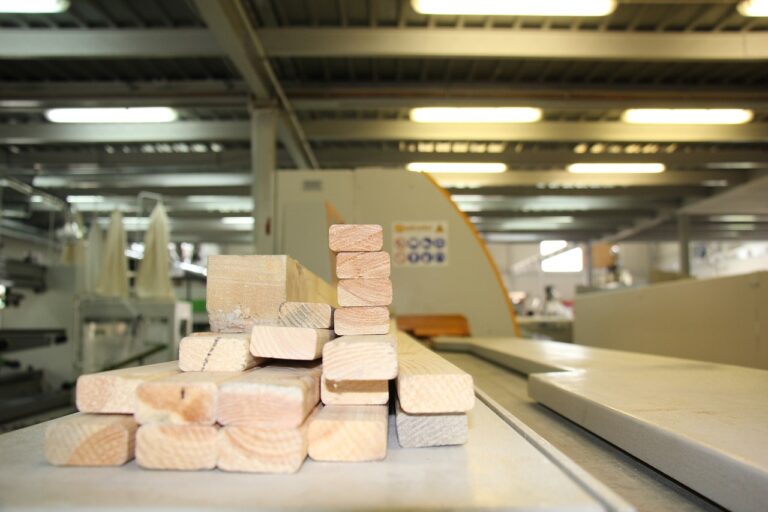Exploring the Potential of 3D Printing in Medicine
In recent years, the use of 3D printing technology in the field of medicine has gained significant traction, revolutionizing the way healthcare is delivered. The history of 3D printing in medicine can be traced back to the early 2000s when researchers and medical professionals began exploring its potential applications in the healthcare industry. Initially, 3D printing was primarily used for creating prototypes and models, but its capabilities soon expanded to include the production of custom implants, prosthetics, and medical devices.
Current Applications of 3D Printing in Medical Field
In recent years, the use of 3D printing has revolutionized the medical field in a multitude of ways. One significant application is in the creation of patient-specific anatomical models. Surgeons can utilize these models to meticulously plan intricate surgeries and practice the procedures beforehand, leading to increased precision and improved patient outcomes. Additionally, 3D printing has enabled the customization of implants and prosthetics to fit individual patients perfectly, resulting in enhanced comfort and functionality.
Another promising application of 3D printing in medicine is the production of tailored pharmaceuticals. This innovative approach allows for the creation of personalized medicine dosages based on a patient’s specific needs, making treatment more effective and reducing the risk of adverse reactions. Furthermore, researchers are exploring the use of 3D bioprinting to produce human tissues and organs for transplantation, potentially addressing the organ shortage crisis and saving countless lives.







